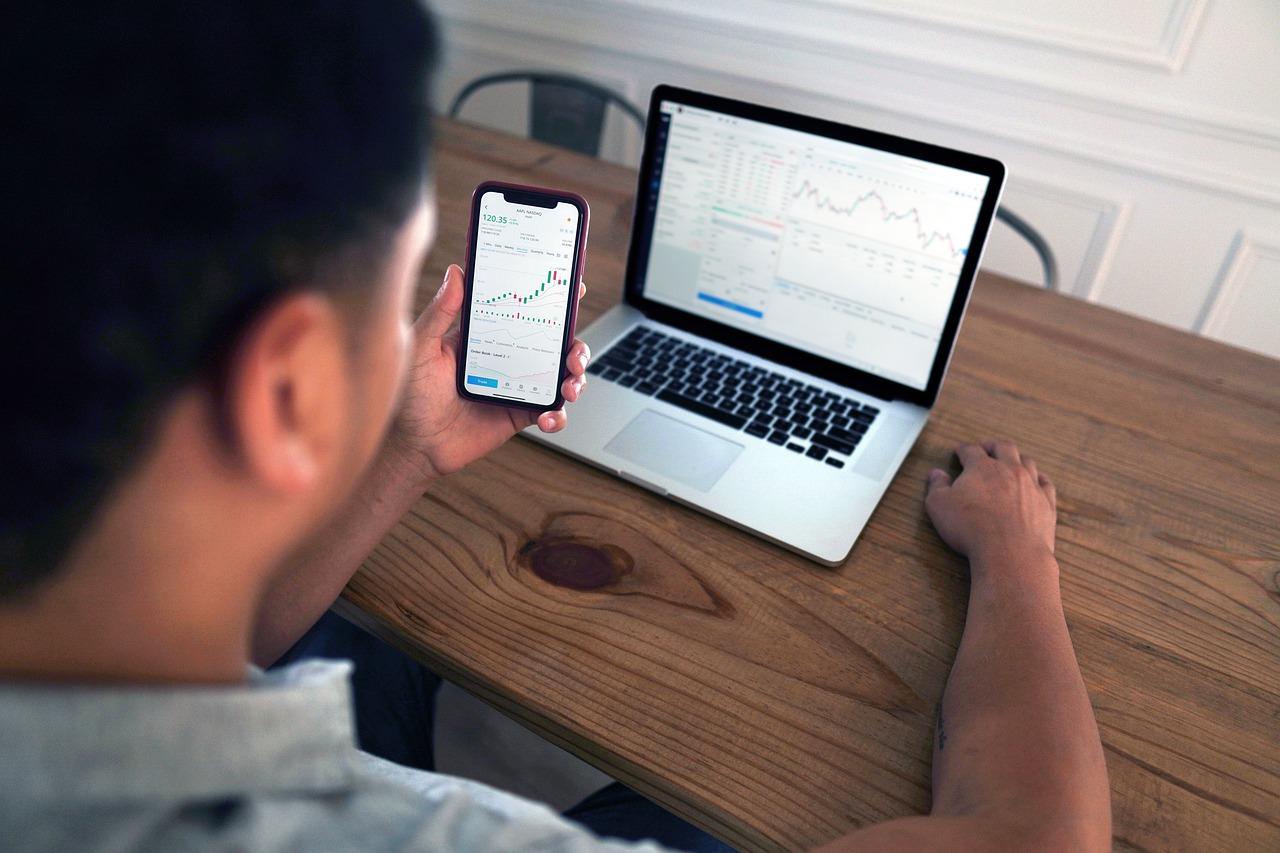
Global investment bank Goldman Sachs has issued a ‘Sell’ rating on Dixon Technologies with a target price of ₹10,500, citing concerns over the impact of the PLI (Production-Linked Incentive) scheme phase-out for the mobile phone segment.
Key Observations by Goldman Sachs
1. Margin Gains Offset by PLI Loss
Dixon has been focusing on increasing value addition in its manufacturing process, which should ideally lead to higher margins.However, this benefit is being offset by the loss of incentives under the PLI scheme for mobile phones, which is set to end in FY26.
2.Optimistic Estimates Leave Little Room for Surprises
Goldman Sachs believes that current market expectations for Dixon are already quite optimistic.Given the existing growth assumptions, the brokerage sees limited scope for Dixon to deliver positive surprises beyond what is already priced in.
3.Stock Performance & Future Outlook
Dixon has been a key player in India’s electronics manufacturing sector, benefiting significantly from the government’s PLI push. However, with these incentives set to phase out, the company’s ability to sustain high growth and profitability will be closely watched by investors.With the ‘Sell’ call and a target price of ₹10,500, Goldman Sachs indicates downside risks for the stock, urging caution among investors.
Dixon Tech Q3FY25 Results
Revenue: ₹10,461 crore, a 117% increase from ₹4,821 crore in Q3 FY24.
Net Profit: ₹217 crore, up 124% compared to ₹97 crore in the same period last year.
EBITDA: ₹398 crore, reflecting a 113% rise from ₹187 crore year-on-year.
Disclaimer:
The information provided in this article is for informational and educational purposes only and should not be considered as financial or investment advice. Stock market investments are subject to market risks, and past performance is not indicative of future results. Readers are advised to conduct their own research and consult with a qualified financial advisor before making any investment decisions. Sensexnifty.com does not take any responsibility for financial losses incurred based on the information provided in this article.




